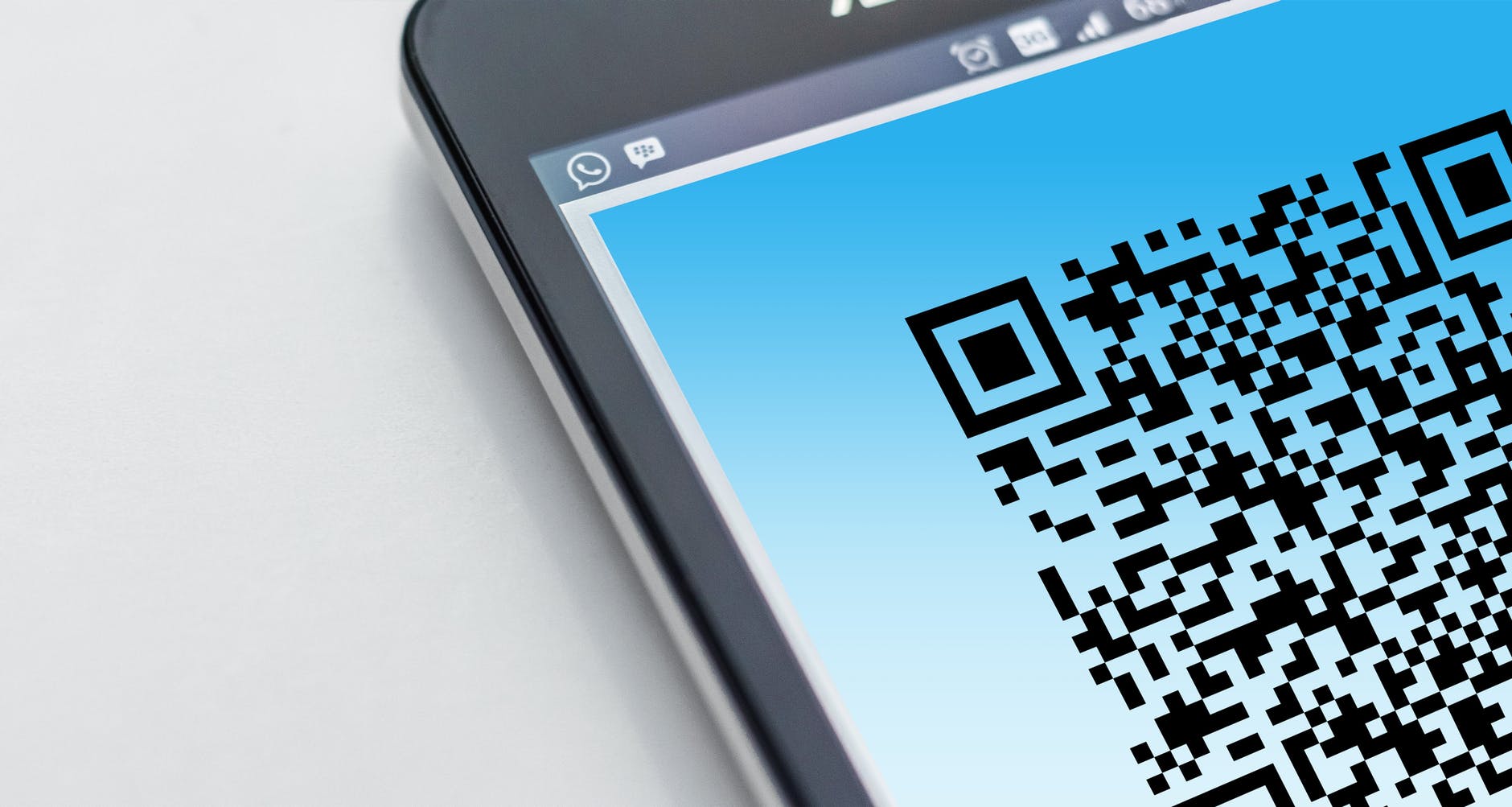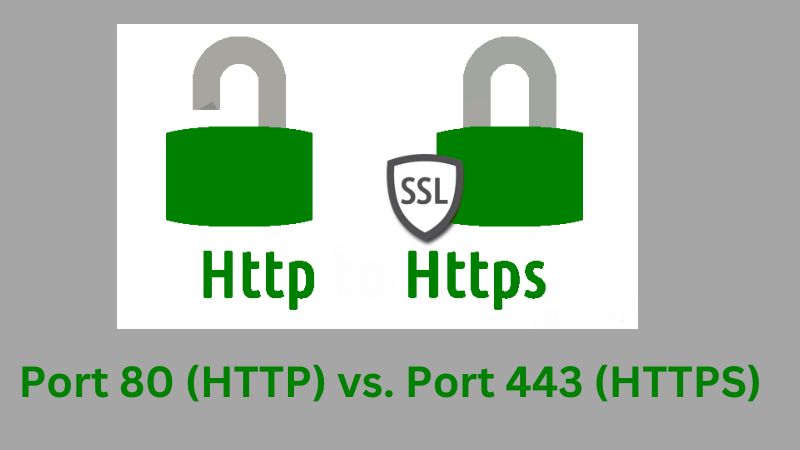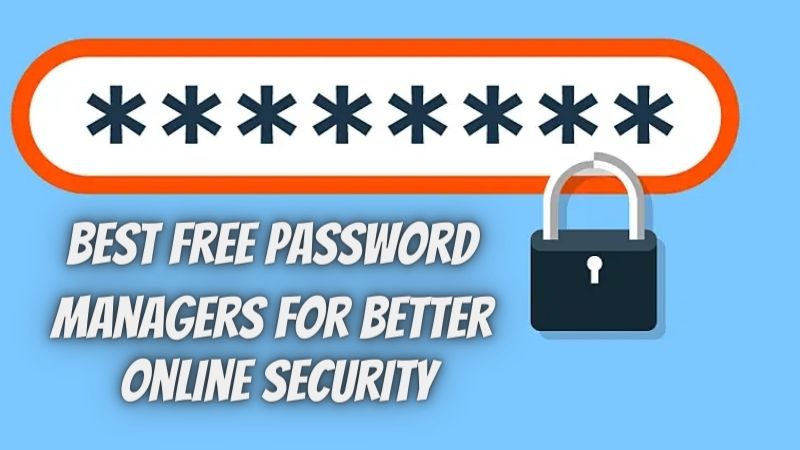Barcodes, those strips of alternating white and black vertical stripes of varying width that appear on just about everything you buy, have become a standard method of keeping track of products for both inventory and sale. Unlike serial numbers, which identify one unique item (akin to how a VIN identifies a single car), barcodes classify categories of items by criteria like maker, type, size, style, and price (for example, all Brand X, Model Y four-door sedans in red).
If you intend to sell a product in a retail setting, you will likely need to have a legitimate barcode on the packaging. Fortunately, whether you need one barcode or thousands, want them direct from the supervising organization, or don’t mind buying them secondhand, the process of acquiring barcodes is relatively simple.
Determine if a unique barcode is needed. If you are manufacturing products for retail sale, especially at major retail outlets, you will almost certainly need to have identifying barcodes on the packaging. If you are shipping through an Amazon fulfillment center, you will need a FNSKU code in addition to a barcode. It’s important to know all about Amazon FNSKU label size as there are strict guidelines that must be followed. Contact your intended retailers, including those online, for information.
- If you intend to use barcodes only to track the production process and/or manage inventory (that is, they will only be used internally), you as a manufacturer can define your barcodes. However, it is required by the international barcode governing body (GS1) that these barcodes not leave your manufacturing premises or be offered for sale.
- If you are using the barcode in any other way than for internal tracking, you need one authorized by (if not necessarily directly purchased from) GS1.
A non-profit organization known as GS1 sets the standards for global commerce using barcodes. GS1 operates in over 100 nations, so you can likely contact an office in your country or region.
To find the closest GS1 office to you, visit the GS1 website and click on “I want to Buy Barcodes.” Then click “contact a local GS1 office” and find your closest office on the drop-down menu.
Read here : Mercoffdaperc Leak: Unprecedented Data Breach
Purchasing barcodes directly from GS1 requires membership and payment of an annual fee, which is why some people prefer to buy their barcodes from resellers for a one-time charge. GS1 membership, however, is the best way to ensure the legitimacy of your barcodes.
- To join the U.S. chapter of GS1 (GS1 US, formed in 2005 by a merger of GS1 and UCC, the originator of the UPC barcode), go to the GS1 US homepage; click on “I need a barcode,” then “I’m new to GS1 US.”
- If you’re already a member and need to buy more barcodes, click on “I have a GS1 company prefix” on the second page.
This is almost always the case if you have a retail product, as the vast majority of retailers require products going into their stores to have barcodes on the packaging.
- If you’re selling your homemade candles at the farmer’s market, you probably won’t need a barcode; at the small shop on the corner, possibly so; and at a big-box retailer, certainly so. Some online retailers may also require barcodes for logistical purposes. Contact your intended retailers before proceeding with or without barcodes.
- Please note that this method describes buying barcodes from resellers that have bought them in bulk from the originating organization (known as GS1). Some retailers, such as Target and Walmart, may not accept such secondhand barcodes (even though they are unique and legitimate) because they require you, the producer, to have a certificate from GS1. Check with your intended retailer(s) before buying barcodes.




